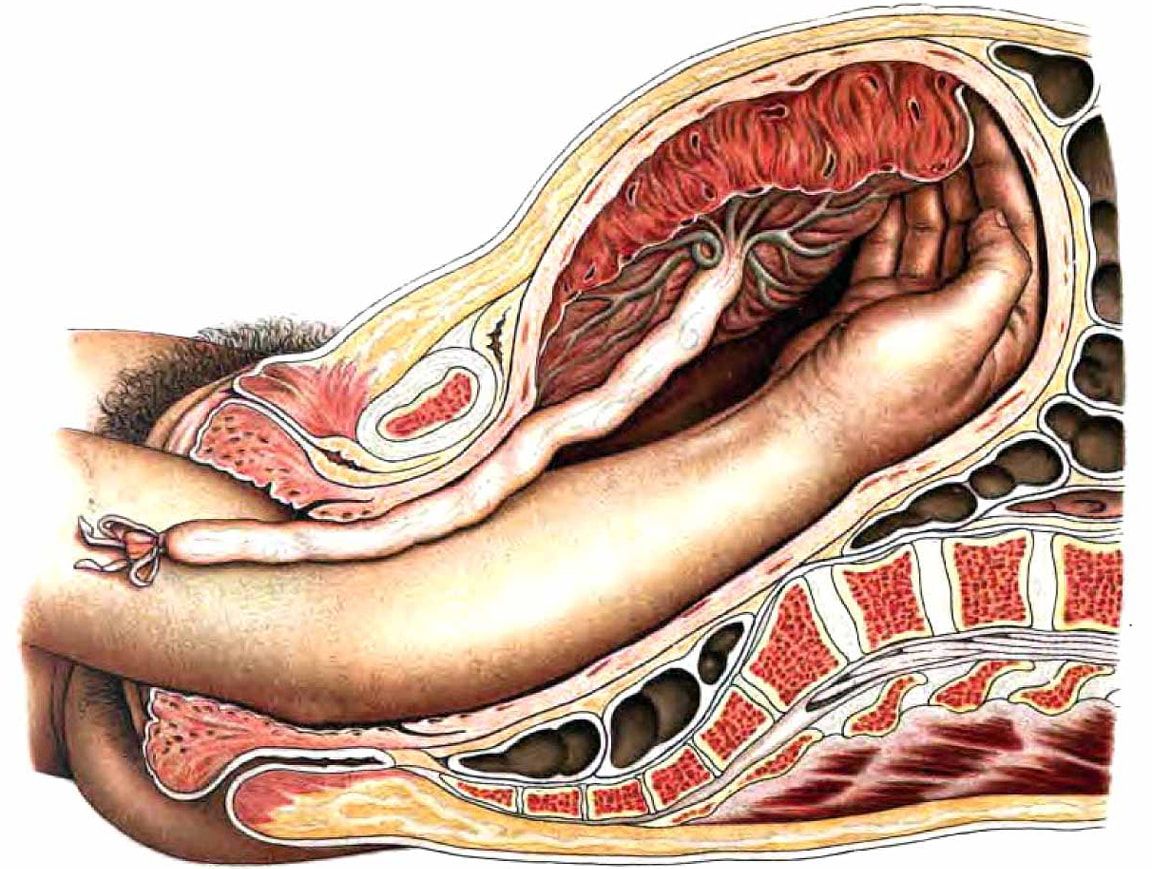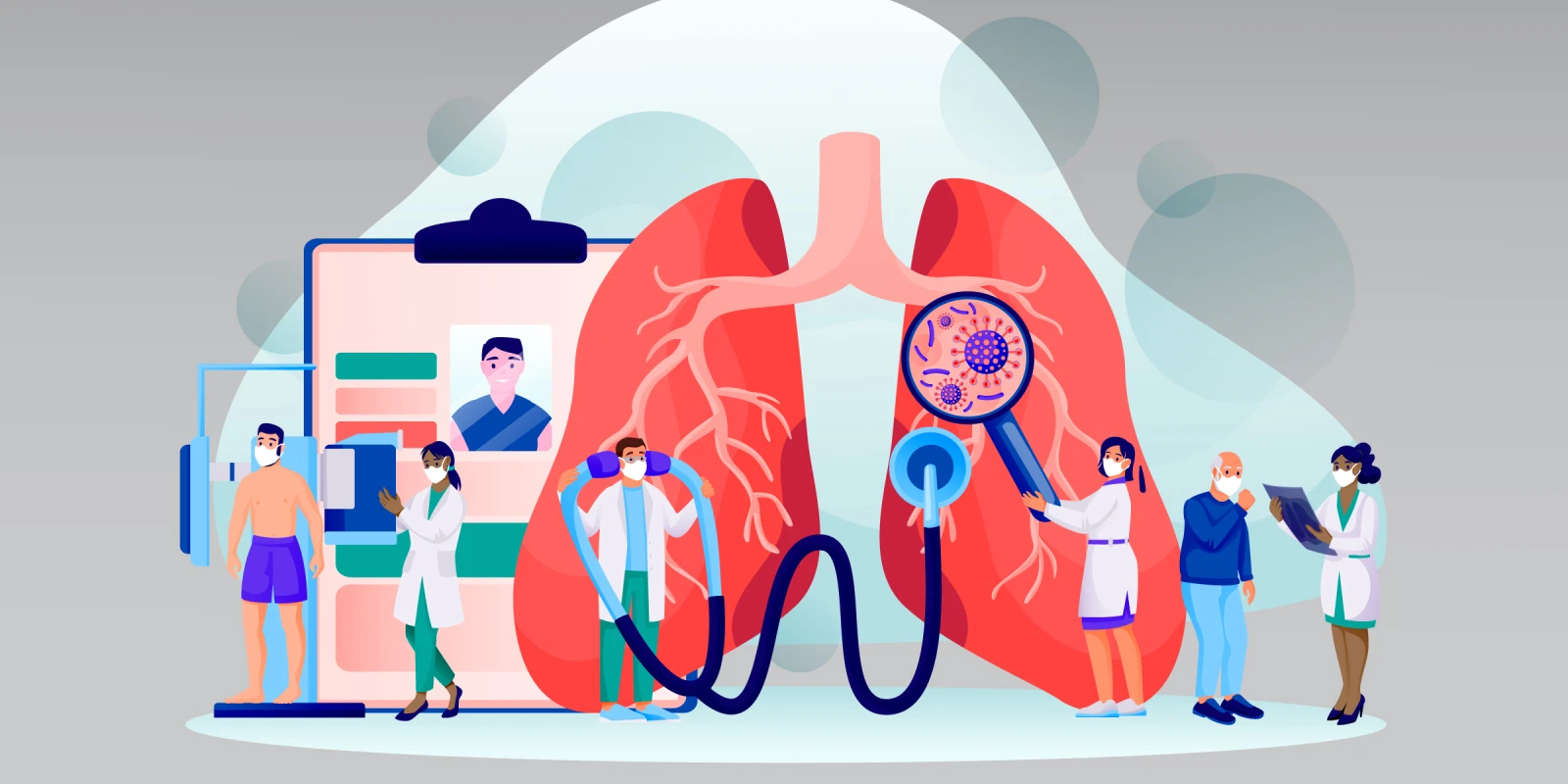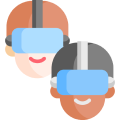- Participants learn how to conduct thorough neurological assessments, covering sensory perception, motor function, reflexes, and coordination. They become proficient in using standardized tools and techniques to evaluate various aspects of the sensory-motor system.
- The simulation exposes participants to a range of neurological abnormalities commonly encountered in clinical practice, such as sensory deficits, abnormal reflexes, muscle weakness, and coordination impairments. Through interactive scenarios, participants learn to identify these abnormalities and understand their clinical significance.
- Participants learn to localize neurological lesions based on the pattern of sensory and motor deficits observed during the assessment. By understanding the neuroanatomical pathways involved in different functions, participants can better localize the origin of neurological impairments and guide diagnostic and treatment decisions accordingly.
- Participants gain skills in interpreting assessment findings within the context of the patients medical history and clinical presentation. They learn to synthesize information from the neurological examination to formulate differential diagnoses and develop appropriate management plans.
- Effective communication is emphasized throughout the simulation. Participants learn how to communicate assessment findings, diagnoses, and treatment recommendations clearly and empathetically to patients and colleagues, fostering understanding and collaboration in patient care.
imaginX is used by many amazing schools and universities
University / College

























